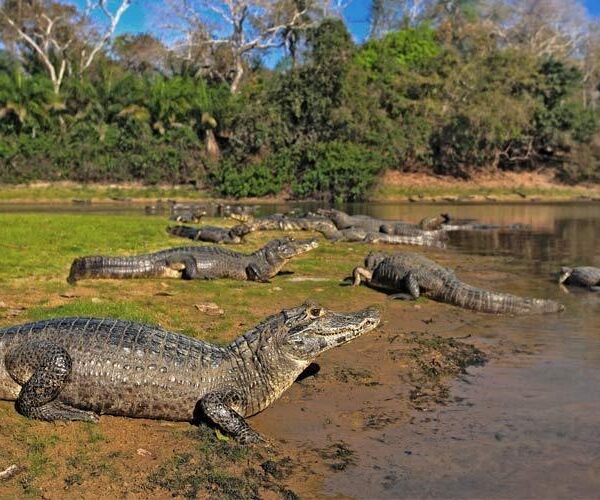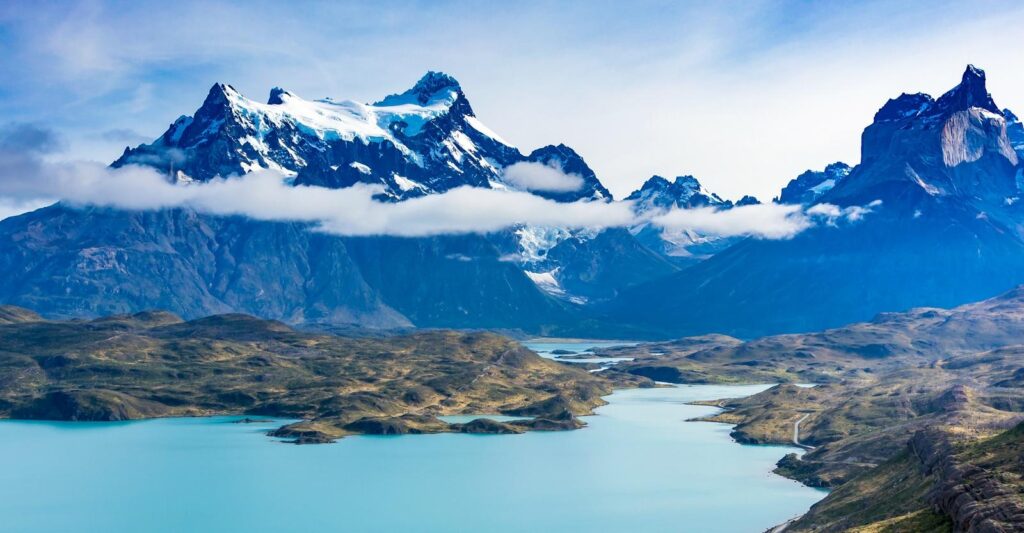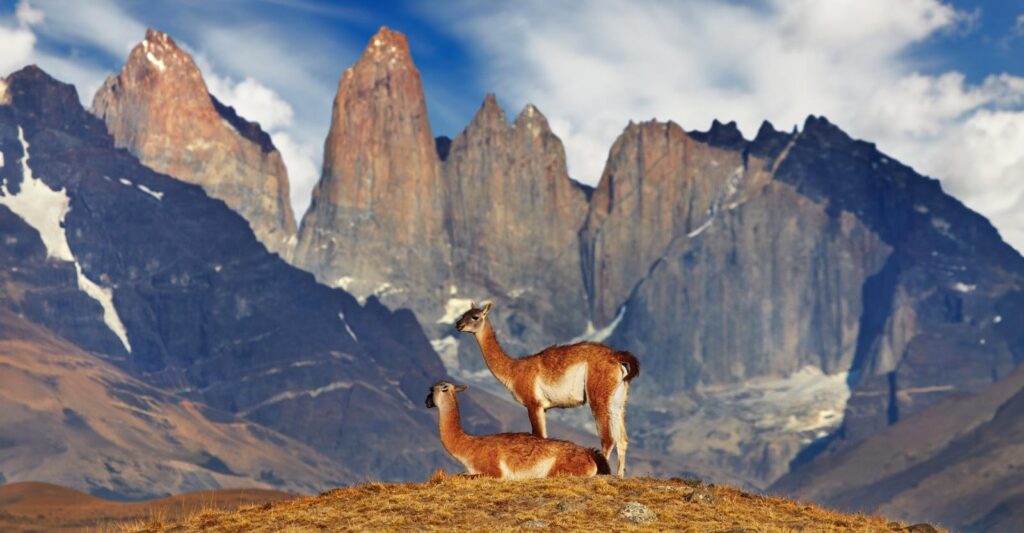Overview
While the Amazon may be better known, the Pantanal offers South America’s greatest wildlife extravaganza. This UNESCO Biosphere Reserve is the world’s largest seasonal floodplain, sprawling over 75,000 square miles in the heart of the continent and containing its densest concentration of wildlife. The vast mosaic of marsh and islands is home to 10 million caiman, 650 bird species and 100 different mammals, including capybara, maned wolf and giant river otter. The Pantanal’s freshwater wetlands support a profusion of aquatic fauna that attracts a host of predators, creating a huge, intricate food chain. At the top is the elegant and elusive jaguar—and our in-depth Pantanal adventure offers the world’s best chance to see them! On foot, by boat and 4×4, explore the verdant recesses of South America’s largest wildlife sanctuary—you’ll find no more epic Pantanal safari!
Trip Highlights
- World's Best Chance to View Jaguars Alongside expert naturalist guides, make five separate boat excursions from Porto Jofre—the best place on the planet to spot jaguars in the wild
- See More of the Pantanal's Biodiversity Explore by boat in the north, then on 4x4 safari drives and guided walks in the south—you won’t find a more varied or comprehensive Pantanal itinerary
- Stay at a Leading Conservation-Focused Ecolodge Enjoy an exclusive stay at Caiman Ecological Refuge, our remote and secluded base to seek out the giant anteater, tapir, ocelot and hyacinth macaw
Itinerary
Please fill out the form below to request a quote for rates.
Included
- Trip price includes: Accommodations, services of Nat Hab's professional Expedition Leader(s), local guides and lodge staff, all meals from dinner on Day 1 through breakfast on Day 11, some gratuities, airport transfers on Day 1 and final day, all activities and entrance fees, all taxes, permits and service fees.
- Internal air cost includes: All scheduled and private charter flights within the itinerary (this will be listed separately on our invoicing).
Not Included
- Travel to and from the start and end point of your trip, alcoholic beverages, some gratuities, passports and visa fees, optional activities, items of a personal nature (phone calls, laundry and internet, etc.), airline baggage fees, airport and departure taxes (if any), required medical evacuation insurance, optional travel protection insurance.
Map























